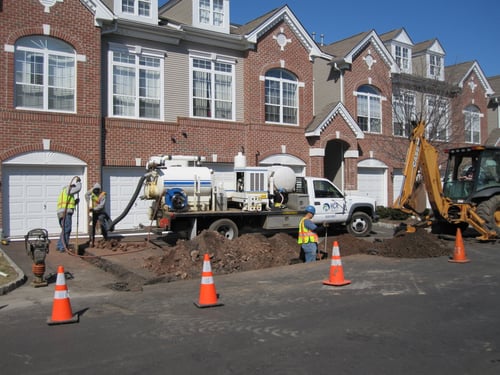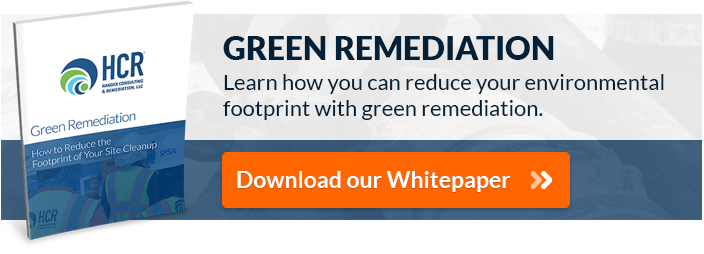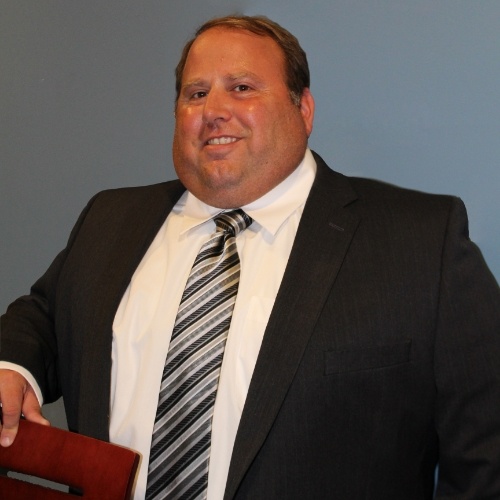
Did you know that your home or business, could be at risk of harmful vapors without you even knowing? Vapor intrusion is a serious issue that affects the health of not only you but the community and environment around you. In this article, we will explore what vapor intrusion is and how to remediate it.
What is Vapor Intrusion?
Contamination from hazardous chemicals is common at gas stations, dry cleaners, and businesses operating metal degreasers. In the past, EPA regulations in regard to the use of chlorinated solvents, such as perchloroethylene (PCE) and Tetrachloroethylene (TCE) were not as stringent, and the chemicals were often not disposed of properly. As a result, they were allowed to seep into the soil and groundwater. The EPA has categorized many of these compounds as carcinogens in humans and recognized its potential for ozone depletion, prompting stricter regulations.
Vapor intrusion occurs when chemical vapors migrate from contaminated groundwater through the soil into the basements or foundations of buildings. Many times, through the use of heating and air conditioning systems, air pressure in homes and other buildings is lower than that of the surrounding soil, thus chemical vapors have the tendency to be drawn back into the building over time and pose a significant health risk to the occupants. This means that when soil vapor becomes contaminated, it is crucial that steps are taken to remove the contamination, or, at least, prevent it from seeping into nearby buildings. One of the most common and effective methods of preventing subsurface vapors from seeping into homes and other buildings is sub slab depressurization (SSD).
What is Sub Slab Depressurization?
A sub slab depressurization is used in instances to prevent contaminated vapors from entering a building. These systems can be designed to be either passive (require no mechanical assistance) or active (with mechanical assistance). When properly installed and operated SSD systems can lower indoor air concentrations to acceptable levels.
How Does it Work?
In cases where vapor intrusion is not a major concern, a passive SSD system may be installed. Passive SSD systems do not rely on fans to draw the vapors out of the soil. Instead, the outdoor air currents create a strong enough pressure differential to draw the vapors out from underneath the building. However, these systems are not as predictable as they rely on changing outside conditions to create negative pressure and only provide intermittent ventilation.
Operations Monitoring & Maintenance (OMM)
Once a sub slab depressurization system has been installed, an ongoing OMM program will need to be implemented to ensure the system is operating properly. An effective OMM program will consist of three main components:
- Regular inspections
- Diagnostic measurements
- Indoor air (IA) sampling
During each inspection, a Vapor Intrusion System Inspection Checklist and Subsurface Depressurization Monitoring Form will need to be completed to document the results of each visit. In cases where system design does not allow for diagnostic measurements, IA sampling may be the only way to measure the system’s effectiveness.
Working With Handex
Handex provides OMM services to customers with one or more mitigation systems in place. Our experienced staff and consulting personnel are available to assist with everything from the initial indoor air sampling, to the design and construction of an SSDS, all the way to monitoring and maintenance of sub slab depressurization systems. Contact us to learn more about how we can help you today!
Originally published April 19, 2016, updated February 8, 2022.


